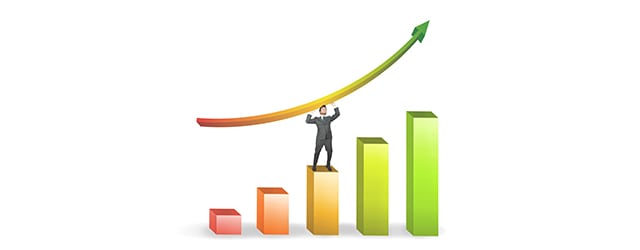Amid concerns surrounding the future of the North American Free Trade Agreement (NAFTA), Mexican tequila maker Jose Cuervo recently priced a hefty $790 million initial public offering (IPO), the country’s biggest since 2013.

In Russia, toy retailer Detsky Mir pulled off a $355 million share offering—the highest-profile IPO since 2014, when investors fled the country in the face of low oil prices and sanctions.
A pickup in emerging market activity is not a surprise, says Alejandro Cuadrado, global FX chief strategist at BBVA.“It is definitely an uncertain environment from the US policy perspective and potential rate volatility,” he explains. “At the same time, the Trump election shock has faded and you are seeing a compression of risk premiums that many sovereigns and companies are using to put things out. Markets have started to trade through the noise.”
One of the biggest drivers is Chinese growth, which stabilizes demand for commodities that are important exports for many emerging-market countries, including Russia. Furthermore, after the UK voted to leave the European Union, investors fled to safety, pushing the yield for developed countries’ assets to new lows and causing renewed interest in emerging markets across all asset classes, particularly equities, says Edward Cole, portfolio manager for Unconstrained Emerging Equity strategy at discretionary investment manager Man GLG.
He describes conditions in terms of price/earnings ratios: “If you look at price-earnings multiples on a cyclically adjusted basis, emerging markets trade at 7x to 8x, which is as cheap as in the early 1990s. At the same time, US equities trade as high as 25x.”
This year, Cole expects to see more IPOs globally as there is “pent-up demand” on the part of sellers. Boutique investment bank Moelis recently snagged a coveted mandate to advise Saudi Aramco, the kingdom’s oil company, on what is set to be the world’s biggest IPO.
However, the risks for emerging markets have not evaporated, says Cuadrado. A US interest-rate hike could cause a correction in Latin America and prompt some investors to turn to safer assets, he adds. At the same time, the notion that you can’t own emerging markets (EM) during rate hike cycles is “misplaced,” states Cole.
“EM equities have outperformed the US ones for the last three of those [cycles], with the exception of the 1994 Mexican peso crisis,” he adds. He also sees opportunities in the Mexican banking sector, where low credit-to-GDP ratios outline “enormous” opportunities for growth. As far as the NAFTA deal goes, Cuadrado says discussions have started to focus on “more technical ground,” lessening the chance of the agreement being scrapped.



